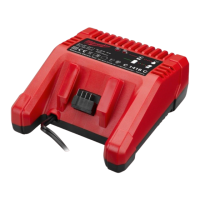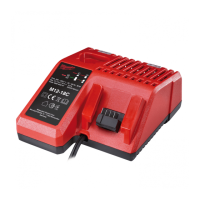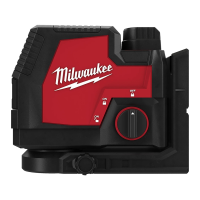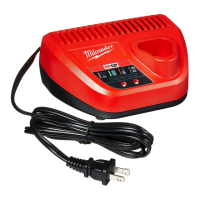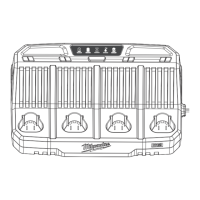5
English
5
● Store the battery packs in a 30% - 50% charged condition.
● Every six months of storage, charge the battery pack as
normal.
TRANSPORTING LITHIUM BATTERIES
Lithium-ion batteries are subject to the Dangerous Goods
Legislation requirements.
Transportation of those batteries has to be done in accordance
with local, national, and international provisions and
regulations.
● Batteries can be transported by road without further
requirements.
● Commercial transport of Lithium-Ion batteries by third
parties is subject to Dangerous Goods Regulations.
Transport preparation and transport are exclusively to
be carried out by appropriately trained persons and the
process has to be accompanied by corresponding experts.
When transporting batteries:
● Ensure that battery contact terminals are protected and
insulated to prevent short circuit.
● Ensure that battery pack is secured against movement
within the packaging.
● Do not transport batteries that are cracked or leaking.
Check with forwarding company for further advice.
CHARACTERISTICS
After inserting the battery into the reception of the charger, the
battery will automatically be charged (red lamp is illuminated
continuously).
When a hot or cold battery pack is inserted into the charger
(fl ashing red lamp), charging will begin automatically once the
battery reaches the correct charging temperature (0°C–60°C).
Charging time varies depending on the battery temperature,
charge needed, and type of battery pack being charged.
As soon as charging is completed, the charger switches over to
trickle charge to maintain the full capacity (green control lamp
is illuminated continuously, red lamp off ).
It is not necessary to remove the battery after charging. The
battery can be stored permanently in the charger without the
danger of being overcharged.
If both LEDs fl ash at the same time, either the battery has
not been completely mounted or there is a fault in the battery
or the charger. For safety reasons, you must stop using the
charger and battery immediately and have them inspected by
a MILWAUKEE customer-service center.
MAINTENANCE
If the supply cord of the product is damaged, it must only be
replaced by a repair shop appointed by the manufacturer,
because special-purpose products are required.
Use only MILWAUKEE accessories and MILWAUKEE spare
parts. Should components that have not been described
need to be replaced, contact one of our MILWAUKEE service
centres (see our list of guarantee or service addresses).
If needed, an exploded view of the product can be ordered.
State the article number as well as the machine type printed on
the label, and order the drawing at your local service agents.
SYMBOLS
Read the instructions carefully before starting
the product.
The product is only suitable for indoor use.
Never expose the product to rain.
Do not burn used battery packs.
Never charge a damaged battery pack.
Replace by a new one.
Class II construction. The product in which
protection against electric shock does not
rely on basic insulation only but in which
additional safety precautions, such as
double insulation or reinforced insulation, are
provided.
Fuse
Do not dispose of electric tools, batteries,
or rechargeable batteries together with
household waste material.
Electric tools and batteries that have
reached the end of their life must be
collected separately and returned to an
environmentally compatible recycling facility.
Check with your local authority or retailer for
recycling advice and collection point.
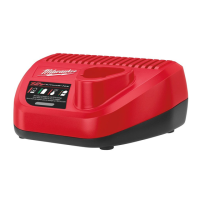
